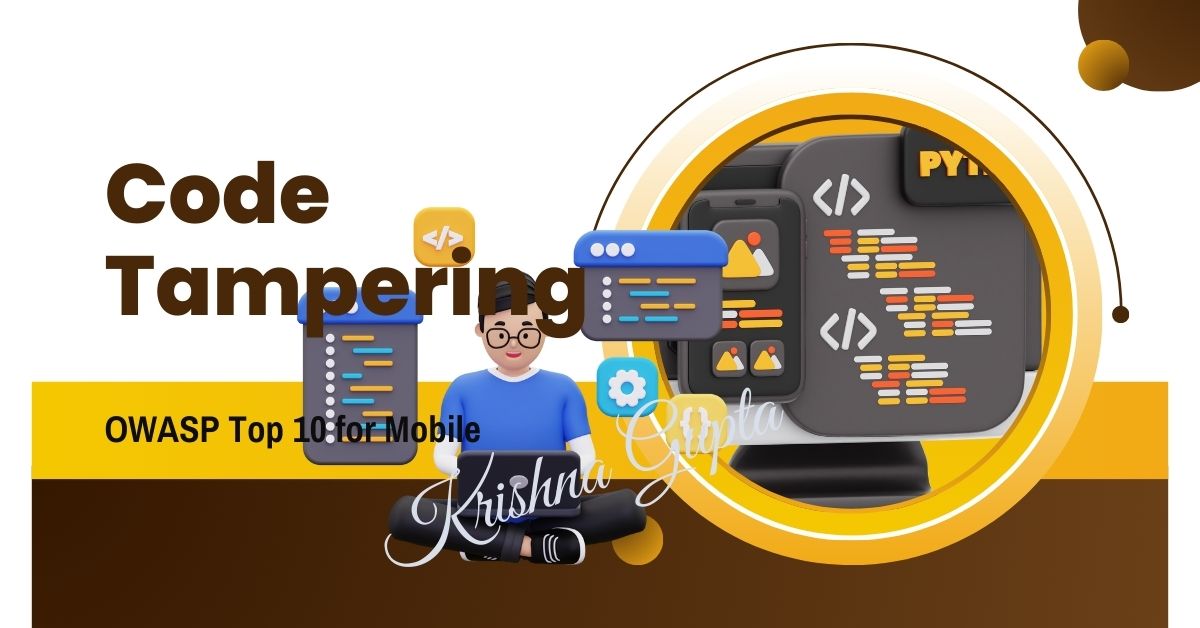OWASP Top 10 for Mobile Apps: M8 – Code Tampering
Code tampering occurs when an attacker manipulates or alters the source code, binaries, or execution flow of a mobile application. This tampering can take various forms, including modifying the code to bypass security checks, reverse engineering to steal intellectual property, or injecting malicious code to steal sensitive data. Mobile apps, which often handle sensitive information like personal data, payment details, and corporate data, are prime targets for these attacks.

